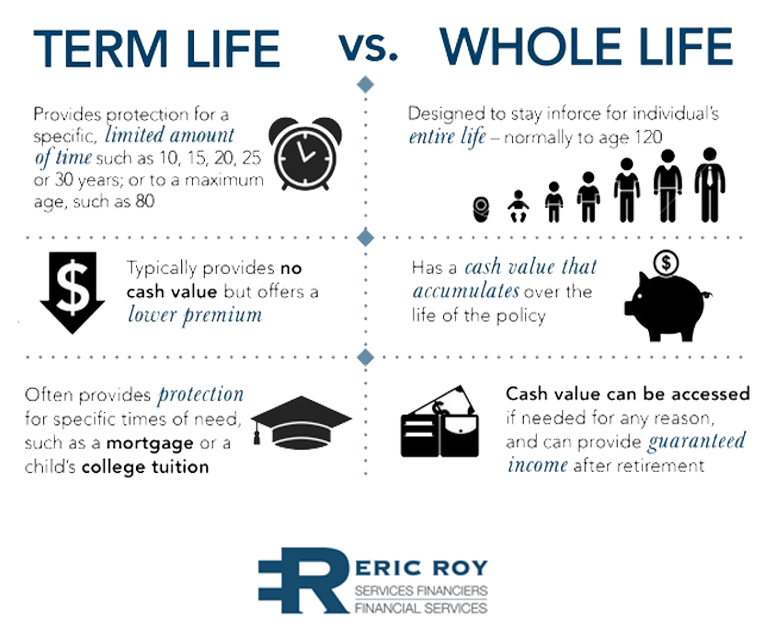Insurance coverage can be daunting, especially for tenants who don't understand that they require to secure their personal effects. What is renters insurance coverage and why do you need it? Select ... Select . (What is collision insurance).. OVERVIEW WHAT'S COVERED METHODS TO CONSERVE Frequently Asked Question.
The typical renters insurance coverage cost in the U.S. is $168 each year, or about $14 each month, according to Nerd, Wallet's newest rate analysis. This quote is based timeshare release now on a policy for a theoretical 30-year-old renter with $30,000 in personal effects coverage, $100,000 in liability coverage and a $500 deductible. While the across the country average is a beneficial baseline, tenants insurance rates can vary significantly based on where you live and how much protection you need. The place of your house is a major factor in the expense of your tenants insurance coverage. Inspect just how much you can expect to spend for occupants insurance in your state below. If you reside in the L.A. Basin or the Bay Area, you might end up dealing with a private insurance company for your regular tenants insurance coverage requires, and the CEA for additional earthquake coverage. Prior to you verify your policy, thoroughly brochure your house's contents. You need to provide your insurer with a rough accounting of these contents anyway, but a more comprehensive review is important for your own records. Picture every product of value that you own when your policy goes into impact; to the extent possible, save the purchase receipts for each product as well. Do this for each big purchase that you make after your policy goes into effect too.
It sounds like overkill, but it's a fairly little investment that can significantly increase the probability that your claim will be accepted if you experience a loss. Whereas house owners with active home mortgages are typically required to insure their residential or commercial properties, renters with active leases face no such required. Not remarkably, numerous occupants choose to forgo renters insurance coverage altogether - What is an insurance premium. Rather of getting separate or bundled tenants insurance coverage policies, they pick to develop an emergency situation fund adequate to cover the expense of replacing their apartment or condo's contents. Is this strategy right for you? It depends. Initially, it is necessary to keep in mind that you can insulate yourself from specific kinds of danger namely, liability for misfortunes that befall your visitors, maintenance workers, and your structure's other tenants without guaranteeing all of your personal effects.
Although it might be tough for you to make the monetary case for carrying content insurance coverage instead of keeping a sufficient and well-managed emergency fund, it's more difficult to refute the benefits of basic liability coverage on your house. For beginners, unguarded liability costs can quickly spiral out of control if an injured guest requires to stay at the medical facility overnight, you're quickly taking a look at a five-figure medical expense. No matter how close your relationship with the hurt visitor, you shouldn't depend Visit this page on good enhances to protect you from legal action. When it concerns liability, friendly guests are the least of your concerns.
Not known Details About What Is Term Life Insurance
You'll likewise be responsible to neighbors who suffer home damage or injury as an outcome of a hazard that originates within your apartment. Even if you carry liability protection for 15 or twenty years prior to sustaining a claim, you'll likely pay far less than you would to settle a legal disagreement over simply one overnight hospital stay for which you're found liable particularly after representing legal charges. According to Insurance coverage. com, the national typical cost of an occupants insurance plan covering liability and personal effects with a coverage limit of $100,000 and a $1,000 deductible has to do with $27 monthly, or $326 per year.

In more "hazardous" locations where negative weather events are common and criminal activity is greater, premiums can go beyond the average by 20% to 30%. When the alternative is a total loss of furnishings, clothing, and electronic devices with a collective value of thousands or tens of countless dollars, paying $326 annually or $3,260 over ten years before inflation appears like a no-brainer. Nevertheless, this heading figure is a bit deceptive due to factors such as your policy's deductible and protection limits. As you weigh the costs and benefits of acquiring content coverage, it's beneficial to break your choices into these broad however distinct classifications:.
Premiums on these policies are far greater than the national averages quoted above, however the tradeoff for this expense is comfort. If you feel like you require a top-tier policy, you most likely have some costly or rare possessions, and you might need to investigate riders or additional insurance coverage to make sure that they're properly covered. These policies include low to moderate deductibles in between $300 and $500 and high protection limits (more than $50,000) - What is an insurance premium. They're particularly useful for families or middle-class couples who plan to rent for the long term; common insurance policy holders have lots of things to secure, however may not be able or ready to spend for top-tier protection.
With bigger deductibles in between $500 and $1,000 and lower coverage limits (between $20,000 and $50,000), these policies are popular with younger, upwardly mobile tenants who make good incomes but have not yet built up lots of high-value ownerships or began families. They Click here for more work for protecting electronics, clothes, and other essential but not exceptionally valuable items. Offered the size of the deductible and the potential for the expense of a total loss to surpass the policy's protection limitation, your middle-of-the-road policy needs to be coupled with an emergency situation fund. Similar to " devastating" medical insurance policies, these instruments include high deductibles of $1,000 or more and relatively low protection limitations (less than $20,000).